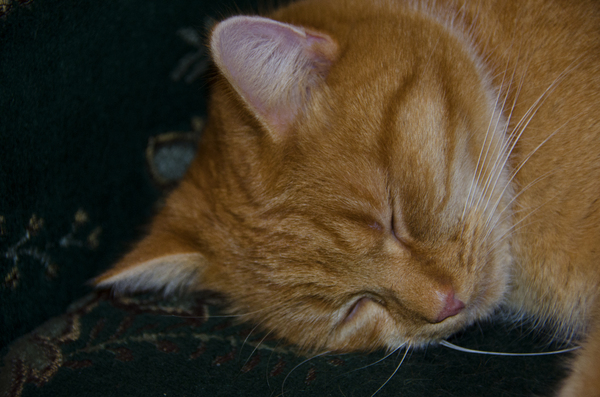The Psychology of Cat Litter Choice
The Psychology of Cat Litter Choice
Blog Article

Cat litter and litter boxes play an essential role in the lives of both cats and their owners. From the simple starts of sand and soil to the ingenious advancements of today, the world of cat litter has developed substantially. In this thorough guide, we look into every aspect of cat litter and litter boxes, exploring their history, types, benefits, challenges, and everything in between.
The history of cat litter dates back centuries, with ancient civilizations using sand, soil, and even ashes as primitive litter materials. However, it wasn't until the mid-20th century that modern cat litter as we understand it emerged. In 1947, Edward copyright introduced the world's first commercial cat litter made from absorbent clay, transforming the way cats relieved themselves indoors. Because then, cat litter has gone through many improvements, with the intro of clumping litter, silica gel litter, eco-friendly choices, and more.
Today, cat owners are spoiled for choice when it pertains to picking the best litter for their feline companions. Conventional clay litter remains popular for its price and efficiency in soaking up odors. Clumping litter, which forms solid clumps when wet, streamlines cleansing and upkeep. Silica gel litter, composed of highly absorbent silica crystals, uses remarkable smell control and longevity. Biodegradable options, such as recycled paper, wood pellets, corn, and wheat, interest ecologically conscious consumers.
Each kind of cat litter provides unique benefits. Clay litter stands out in its ability to soak up wetness and Covered Litter Boxes control odors, making it a dependable choice for lots of feline owners. Clumping litter simplifies day-to-day scooping and extends the time in between complete litter modifications. Silica gel litter offers remarkable odor control and can last longer in between replacements. Naturally degradable litters offer a sustainable option that reduces environmental effect.
While cat litter improves indoor feline health, it is not without its difficulties. Dust from clay litter can position breathing dangers for both cats and human beings, prompting the appeal of dust-free alternatives. Some cats might develop litter box hostility due to issues with texture, aroma, or cleanliness, demanding experimentation with various litters and box configurations. Multi-cat homes may need strategic litter box positioning and frequent upkeep to prevent territorial disagreements and ensure all felines have access to clean centers.
Selecting the proper litter box is important for promoting favorable litter box habits and total feline well-being. Elements to consider include size, availability, and style preferences. Covered litter boxes supply privacy and aid contain smells, however some cats might find them confining or frightening. Open-top litter boxes offer simple gain access to and exposure however may lead Covered Litter Boxes to more litter scatter. Automatic self-cleaning litter boxes improve upkeep but require routine monitoring and upkeep.
Correct litter box maintenance is important for making sure a clean and inviting environment for both felines and their owners. Daily scooping removes waste immediately, minimizing odor and dissuading litter box hostility. Regular litter replacement, generally every 1-2 weeks, avoids bacterial accumulation and maintains ideal absorbency. Extensive cleaning with mild cleaning agent and water, avoiding severe chemicals that might hinder cats from using the box, must be carried out monthly.
Cat litter and litter boxes play a central role in cultivating a healthy and unified relationship between cats and their human companions. With a diverse variety of cat litter box furniture litter alternatives and litter box designs offered, feline owners have the versatility to customize their choices to suit their cats' preferences and home requirements. By comprehending the advancement, types, benefits, and difficulties of cat litter and litter boxes, animal owners can supply their feline friends with a comfortable and hygienic indoor environment.